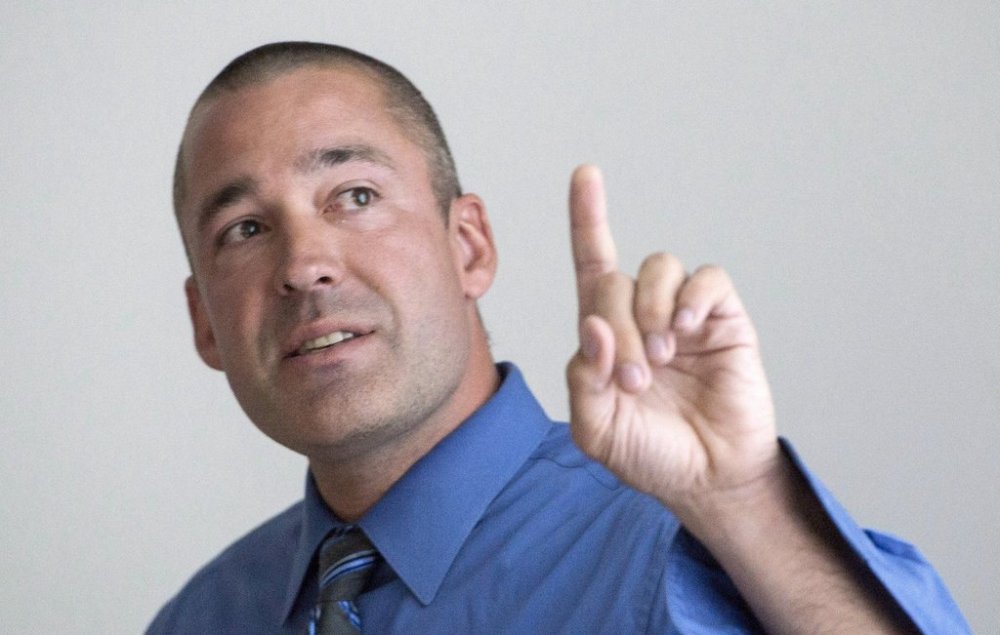Five things to know about Quebec graphite mine added to major projects list
Advertisement
Read this article for free:
or
Already have an account? Log in here »
To continue reading, please subscribe:
Monthly Digital Subscription
$0 for the first 4 weeks*
- Enjoy unlimited reading on winnipegfreepress.com
- Read the E-Edition, our digital replica newspaper
- Access News Break, our award-winning app
- Play interactive puzzles
*No charge for 4 weeks then price increases to the regular rate of $19.00 plus GST every four weeks. Offer available to new and qualified returning subscribers only. Cancel any time.
Monthly Digital Subscription
$4.75/week*
- Enjoy unlimited reading on winnipegfreepress.com
- Read the E-Edition, our digital replica newspaper
- Access News Break, our award-winning app
- Play interactive puzzles
*Billed as $19 plus GST every four weeks. Cancel any time.
To continue reading, please subscribe:
Add Free Press access to your Brandon Sun subscription for only an additional
$1 for the first 4 weeks*
*Your next subscription payment will increase by $1.00 and you will be charged $16.99 plus GST for four weeks. After four weeks, your payment will increase to $23.99 plus GST every four weeks.
Read unlimited articles for free today:
or
Already have an account? Log in here »
MONTREAL – A graphite mine in Quebec has been included on the federal government’s expanded list of major projects in the national interest to be considered for regulatory fast-tracking. Here are five things to know about Nouveau Monde Graphite’s Matawinie Mine.
Two facilities
The project includes the company’s future open-pit Matawinie Mine in the Lanaudière region, about 120 kilometres north of Montreal, which plans to produce 106,000 tonnes per year of graphite concentrate over 25 years. The raw materials will be transformed into spherical graphite at a battery plant the company plans to build in Bécancour, Que., near Montreal.

Why it made the list
Dominic LeBlanc, minister of intergovernmental affairs, says that once operational the mine will supply Canada and its allies with a critical mineral used for electric vehicle batteries, energy storage systems, and defence. Nouveau Monde CEO Eric Desaulniers says graphite has more than a dozen other uses, including for advanced polymers and thermoplastics. The federal government already signed a binding term sheet with the company to buy some of the mine’s future output for Canada and allied countries.
Nouveau Monde isn’t the only critical mineral project on the list. A proposed tungsten mine in Sisson Brook, N.B., is to produce the exceptionally strong metal used in energy storage as well as steel production for military and mining equipment.
What the announcement means
Once a project is referred to the Major Projects Office, it is reviewed and returned with recommendations to the government, which has the final say on whether to give it the national interest designation. That designation would permit a project to be streamlined through federal regulatory approval. Desaulniers says the projects office can help the company cover the “last kilometre” before construction can begin by helping to co-ordinate between different stakeholders. The mine’s inclusion on the list also sends a signal of support that can help the company secure financing for construction, he said.
Desaulniers says the company is ready to start building in early 2026, with production beginning some two years later.
Indigenous agreement
The company announced in late 2024 that it had signed an impact benefit agreement with the chief and council of the Atikamekw of Manawan, on whose ancestral territory the mine sits. That agreement includes Atikamekw involvement in the project’s environmental management, measures to promote employment of community members, the inclusion of cultural safety measures and financial benefits.
Chief Sipi Flamand reacted positively to the inclusion of the mine on the major projects list, calling it an announcement that is “perfectly in line with the process of economic reconciliation.”
Not everyone’s happy
Some environmental groups expressed opposition to the project being named to the list, citing concerns about the mine’s impact on water quality and the defence applications of graphite.
“This project was only at the exploratory drilling stage, and we were already observing a worrying deterioration of the waterways around its site,” Rébecca Pétrin, executive director of Eau Secours, said in a news release.
Greenpeace Canada criticized the planned use of the mine’s graphite for military purposes, writing in a news release, “critical minerals should be used to fight climate change, not wars.”
This report by The Canadian Press was first published Nov. 14, 2025.

